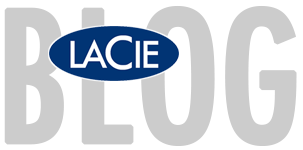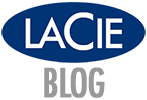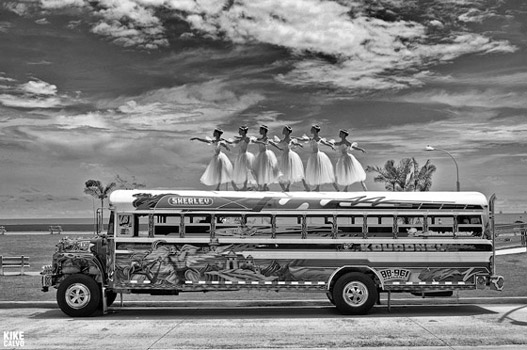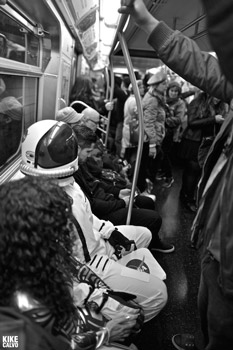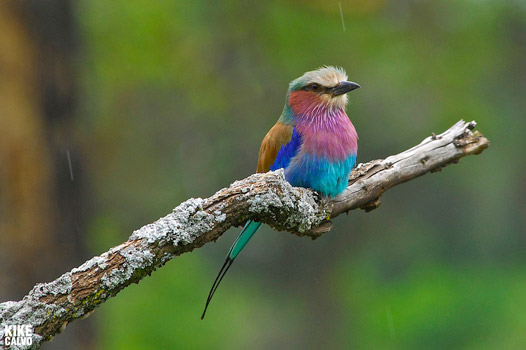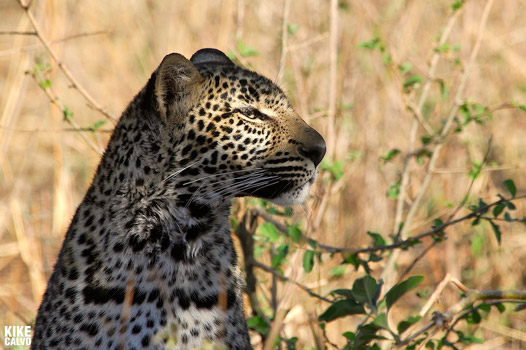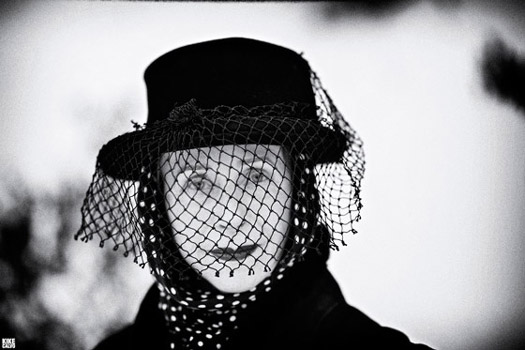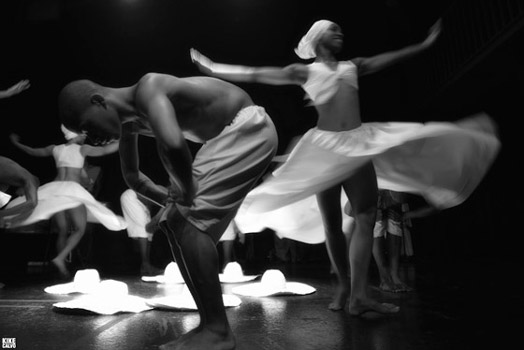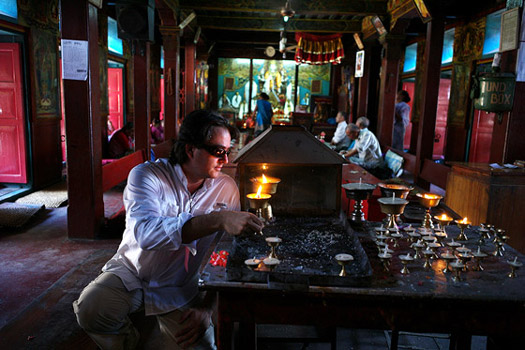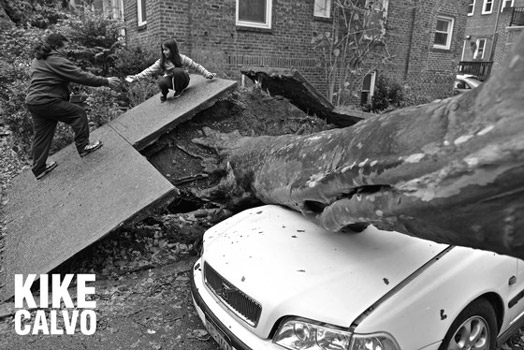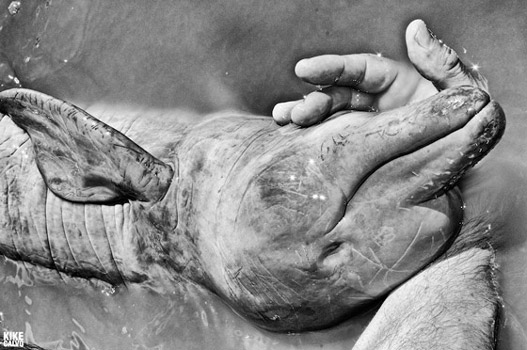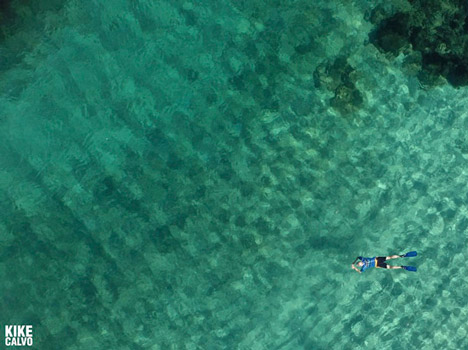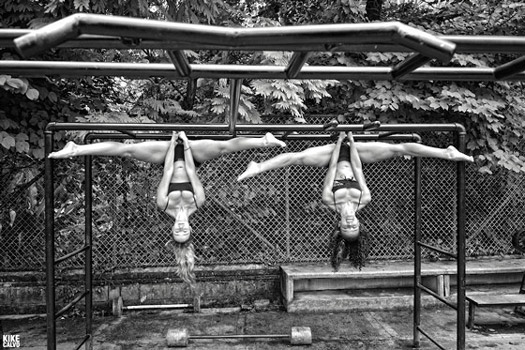Pro photographer Kike Calvo has captured heartstopping photographs of staggering beauty. But he’d prefer to be remembered not as an author of pretty pictures, but as the guy who made someone reflect about a social or environmental issues. Clearly, he will be remembered for both. As a freelancer, he has photographed travel assignments for the New York Times, UNOPS and UNICEF in multiple destinations, and as a Photography Expert for National Geographic/Lindblad Expeditions, Calvo’s photos have been published in an exhaustive list of mainstream publications, including Time, New Yorker, Newsday, New York Magazine, Wall Street Journal, Washington Post, and many others. His book, “Habitats”, features a foreword penned by famed marine photographer David Doubilet and JeanMichel Cousteau. Most recently, another book, “So You Want to Create Maps Using Drones”, is a field guide on photogrammetry and aerial mapping with a foreword from Yale University Professor Xuhui Lee. He is also, to our delight, a huge fan of LaCie storage.
LaCie: On your website, the first thing visitors see is the phrase “never stop dreaming.” Why is this motto important to you?
KC: This motto describes my approach to life and career. After my dad was diagnosed with cancer (and later passed away), I decided to maximize my time on this home we call earth. I believe that only by dreaming can we achieve those things that we deeply wish the most. And if for any reason you can’t make your dreams come true, you should use your smile and encourage others to achieve theirs.
LaCie: What are the most risky or thrilling conditions you’ve shot in?
KC: My job has taken me to the most remote places on this planet. I have shot in the high Arctic, in Antarctica, in open water with whales and Great White sharks. I have just completed a project, Staten Island: A Photographic Journey to the Lighthouse at the End of the World, with National Geographic/Lindblad Expeditions where we visited Staten Island, the location that inspired Jules Verne to write The Lighthouse at the End of the Word. So, in terms of conditions, I will dare to say that [I’ve shot] in pretty much any possible landscape, temperature, and ecosystem. I have also spent years documenting New York City, where I photographed the collapse of the World Trade Center at an early stage of my career, and the landing of the US Airways Airbus A320 on the Hudson River, by pure serendipity.
LaCie: How much time do you spend researching the site and subject matter before you begin your shoot?
KC: It is true that sometimes great images are the outcome of serendipity. But what people tend to forget is that moment has probably been triggered by being in the right place at the right time. Not only by researching but by following our intuition as storytellers. Before any departure, I try my best to research my subject matter. It is my attempt to get myself in tune with my project. Knowledge can be powerful in redirecting our visual energies.
LaCie: Down to brass tacks. What is your backup process in the field?
KC: I shoot with SanDisk Extreme cards—normally 64 GB, but if I am producing video, I will go up to 128 GB. For those who have limited budgets, my opinion is that they are better off buying several smaller cards, so if anything goes wrong, they will not lose everything, and they will be able to keep working with the remaining card.
If it’s a shoot on location, I download once a day, normally at night. If it’s a comfortable location, with easy access, I may download after I finished a particular project that day, resetting all my cameras back to default before I proceed with the next portion of my shoot. I do not show my work to anyone or play around with my content in any way until the backup has been performed. By backup, I mean having two copies of my work besides my laptop. I believe it’s not truly backed up until you have a redundancy of drives holding your valuable work.
So basically, from my camera, using a reader or the laptop slot, I safely back up the day’s content onto a drive. From that drive, I make another copy onto another drive, and if my laptop has space, I make a backup there, too. I tend to quickly review my shoot before going to sleep, and I select the “jewels” of the day, exporting them unprocessed to a LaCie XtremKey.
When I get home, I back up all the new content onto a LaCie 5big Thunderbolt 2 or LaCie 4big Quadra USB 3.0, both in RAID 5 (striped mode). I then mirror that data onto another RAID storage, also in RAID 5. I keep an additional drive at a separate location, and once in a while, I transfer all the new content to that drive. When I process my work and select my takes for a trip, I export all the photos onto the same drives using this system, and then I upload them to a PhotoShelter account so they become searchable from my website, www.kikecalvo.com.
LaCie: What do you look for in gear you take into the field?
KC: As in life, simple is best. I try to minimize gear that could break due to an excess of technology. For example, most of my lenses are prime lenses and not zoom lenses. But this is a personal choice. I am in no way recommending this. I have applied this rule to vibration reduction versus standard lenses, and more recently, in choosing my aerial platforms to produce work using drones.
LaCie: Do you use any software in conjunction with your backup process?
KC: I use Intego Backup software that comes in the LaCie software suite. I must confess that I sometimes manually back up things.
LaCie: How have the tools for your trade evolved in the last 10 years?
KC: Everything has become smaller, more compact, better designed, and more reliable, which has allowed us more storage in smaller physical drives. I think I will one day photograph all my old drives and send you the image. It’s a quite funny look at my old days. Dozens of hard drives holding my work everywhere. I was more disorganized years ago. I used to buy and buy drives, saving everything here and there. Now I understand the value of a well organized and safe archive.
LaCie: How has your workflow process in the field improved over the years?
KC: I am an absolute fan of the LaCie Rugged collection. I travel with a LaCie Rugged RAID. It’s so quick and smooth for what I do—[the Rugged] is just perfect.
Learn more about Kike Calvo >
Visit Kike Calvo’s Amazon Author Page >
Visit Kike Calvo on Facebook >
Visit Kike Calvo on Twitter >
Visit Kike Calvo on Instagram >

